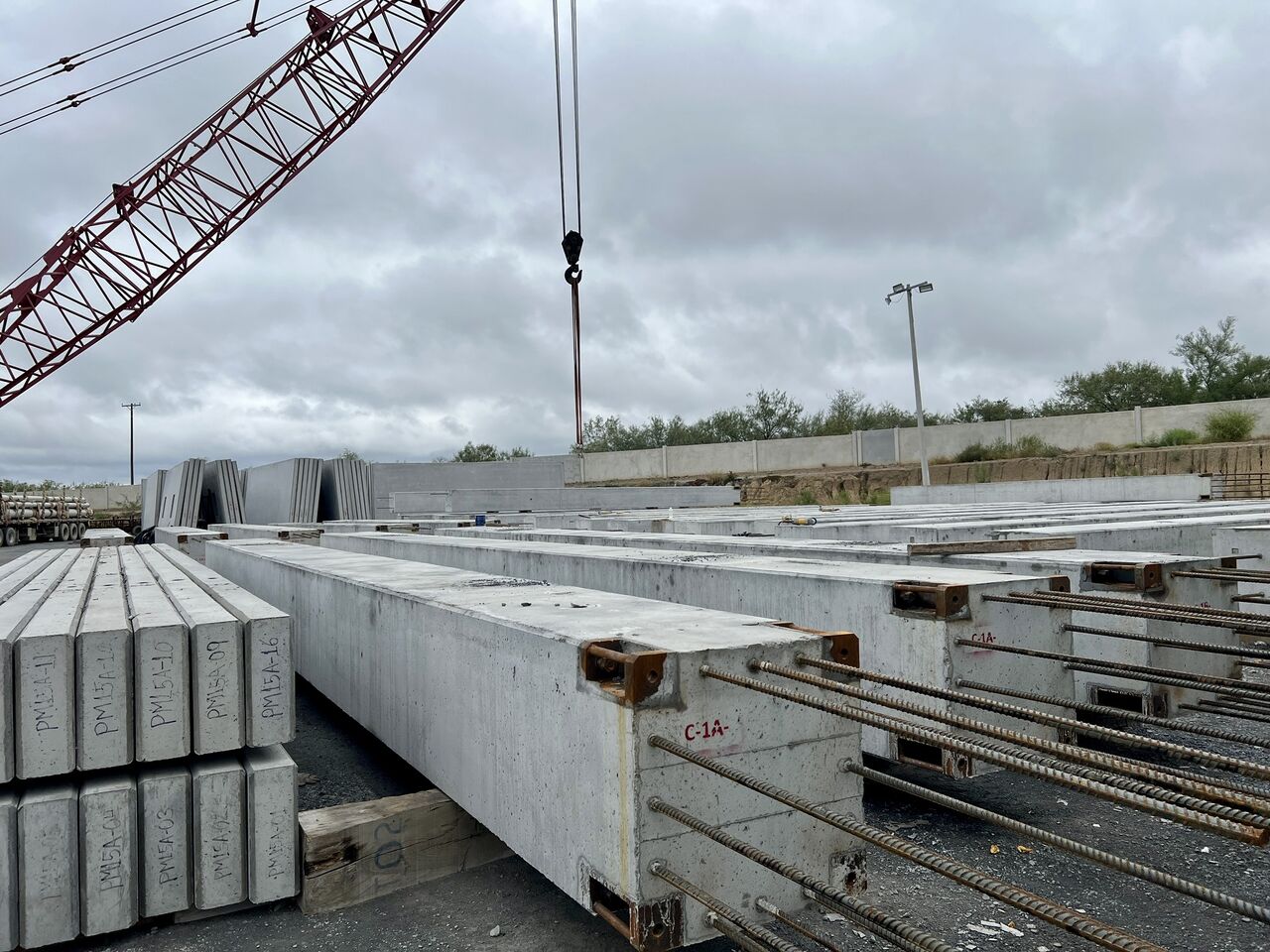Reducing Concrete Curing Time: How Sensytec’s Smart Sensors Can Speed Up Your Construction Projects
Developer
May 23, 2024

Reducing Concrete Curing Time
Understanding the Importance of Concrete Curing
In the fast-paced construction industry, time is as crucial as the materials used, especially with structural concrete. Reducing concrete curing time can significantly accelerate project timelines, making buildings and infrastructure available faster and more cost-effectively. Sensytec’s smart sensors lead this revolution, offering advanced technology that enhances onsite concrete data collection, mitigates risks, and reduces construction downtime.
Concrete curing is a critical process in construction that involves maintaining adequate moisture, temperature, and time conditions to allow the concrete to achieve its desired strength and durability. Traditionally, this process requires significant manual labor and time, as workers must monitor and manage these conditions to prevent the concrete from curing too quickly or slowly, especially in concrete flooring applications where surface integrity is critical.
By providing real-time data on temperature and electrical resistivity readings, Sensytec’s sensors ensure that concrete achieves optimal strength and durability without delays, helping to maintain cost-efficiency throughout the construction process.
How Sensytec’s Smart Sensors Work
Benefits of Reducing Concrete Curing Time
Applications in Large-Scale Project
Sensytec’s smart sensors are designed to streamline the concrete curing process. Embedded directly into the concrete, these wireless sensors provide real-time data on temperature and compressive strength gains, which are critical to the curing process. Here’s how they impact construction:
– Real-Time Monitoring: Sensytec sensors continuously monitor the concrete’s temperature and providing instant data to project managers and site engineers. This allows for immediate adjustments to the environment or mix if the concrete is curing too fast or slow.
– Data Accuracy: Unlike traditional methods that can be susceptible to human error, Sensytec’s sensors deliver precise and consistent data. This accuracy ensures that the concrete achieves optimal strength and durability without delays.
– Efficiency Gains: With automated data collection and alerts, Sensytec’s sensors reduce the need for manual inspections, thereby saving labor costs and reducing the overall project timeline.
Accurate and continuous monitoring of the concrete curing process offers several advantages:
– Faster Project Completion: By accurately predicting the precise moment when forms or molds can be safely removed, construction projects can progress more quickly, allowing earlier completion. This is crucial for projects with strict deadlines and those that incur high penalties for delays.
– Cost Savings: By reducing dependency on traditional concrete testing methods that require qualified technicians and expensive equipment, concrete operators and production managers can significantly lower costs, positively impacting the financial outcomes of large-scale projects.
– Improved Quality: Consistent monitoring ensures that concrete cures under optimal conditions, enhancing the structural integrity and longevity of the finished product.
Sensytec’s smart sensors are especially beneficial in large-scale construction projects such as highways, skyscrapers, and bridges, where even small enhancements in process efficiency can lead to substantial savings and improved quality assurance. These sensors allow construction teams to manage multiple projects efficiently, ensuring that all concrete pours adhere to the highest quality standards.
Conclusion
Sensytec’s smart sensors are revolutionizing construction by enhancing data collection during concrete curing times and improving project efficiency. As the industry increasingly adopts advanced technological solutions, tools like Sensytec’s sensors will become indispensable in meeting the growing demands for faster, cost-effective, and higher-quality construction. By embracing these innovations, construction firms not only achieve better project timelines but also contribute to building infrastructure that stands the test of time.

